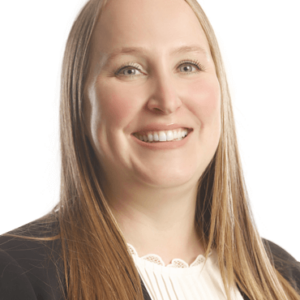New York State nursing home providers have recently been caught off guard by draft audit reports from the Office of the Medicaid Inspector General (OMIG) identifying “dropped services” and associated Medicaid overpayments. These reports have raised concerns across the sector, particularly as many providers believed they had fully complied with Medicaid cost reporting requirements.
What Is a Dropped Service Audit?
OMIG’s dropped service audits are designed to identify services that appear to have been reported in the 2007 base year cost report but are no longer reflected in the facility’s more recent Medicaid cost reports. If a service was present in 2007 but cannot be found in the audit year, OMIG assumes the facility no longer incurred the expense—leading to a potential disallowance and overpayment finding.
Why OMIG Is Targeting These Services
The rationale behind these audits ties back to New York’s 2007 base year reimbursement structure. At that time, nursing homes received reimbursement for certain ancillary services through their non-comparable (non-comp) rate. That reimbursement has continued to carry forward to today.
- DOH & OMIG’s concern: The state does not want to continue reimbursing providers for ancillary services that are no longer offered.
- Provider frustration: While OMIG is attempting to claw back dollars for services that appear dropped, providers are not permitted to add reimbursement for any new ancillary services that have been introduced since 2007. This creates a one-sided approach where reimbursement can only go down, never up.
Why Findings May Not Be Accurate
In practice, many of these findings may not reflect an actual dropped service. Instead, they may result from:
- Reclassification of costs – Services may still be provided, but the expenses are reported under a different cost center on Exhibit H of the RHCF Medicaid Cost Report.
- Reporting variances – Changes in chart of accounts, provider reorganizations, or cost allocation methods can all shift how expenses appear in a given year.
What Providers Can Do Now
If your facility receives a draft audit report citing dropped services, it is critical not to accept the findings at face value. Providers should:
- Review the findings closely – Determine whether the identified service was in fact incurred during the audit period.
- Gather supporting documentation – OMIG is looking for proof of expense incurred. Strong supporting documentation may include:
- Vendor invoices
- Contracts or agreements
- General ledger detail
- Trial balance reports
- Payroll or staffing records (if applicable)
- Be mindful of deadlines – Providers have 30 days from the date of receipt of the draft report to respond. If more time is needed, do not hesitate to contact the OMIG representative listed in the letter to request an extension.
- Submit a formal response – If costs were incurred but reported differently, providers should challenge the audit findings through a written response and provide evidence of the expense.
Key Takeaway
Dropped service audits can lead to significant overpayment determinations, but in many cases the findings are the result of reporting differences—not an actual elimination of services. With the state continuing to rely on outdated 2007 base year reimbursement methodologies, providers face a structural imbalance: reimbursement is reduced when services are dropped, but no increase is allowed when new services are added. Nursing home providers should act quickly, review their reports in detail, and prepare supporting documentation to ensure their reimbursement is not unfairly reduced.
If you need further guidance or have any questions, we are here to help. Please do not hesitate to reach out to discuss your specific situation.
This material has been prepared for general, informational purposes only and is not intended to provide, and should not be relied on for, tax, legal or accounting advice. Should you require any such advice, please contact us directly. The information contained herein does not create, and your review or use of the information does not constitute, an accountant-client relationship.




